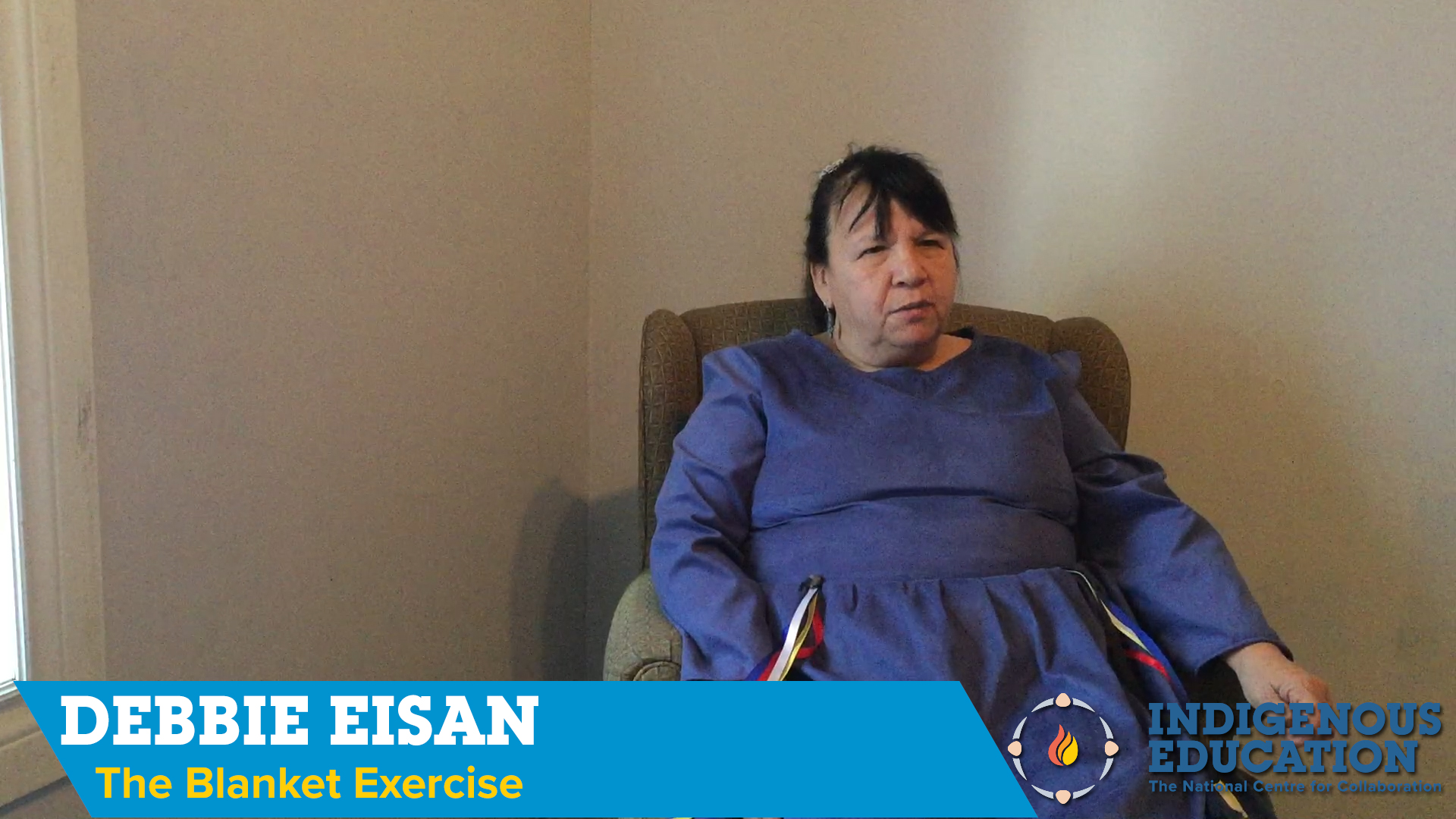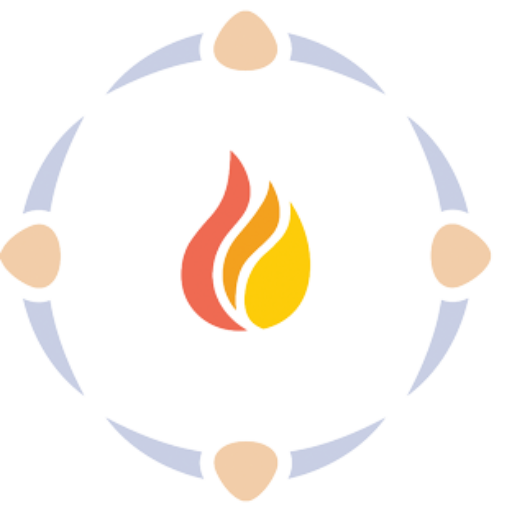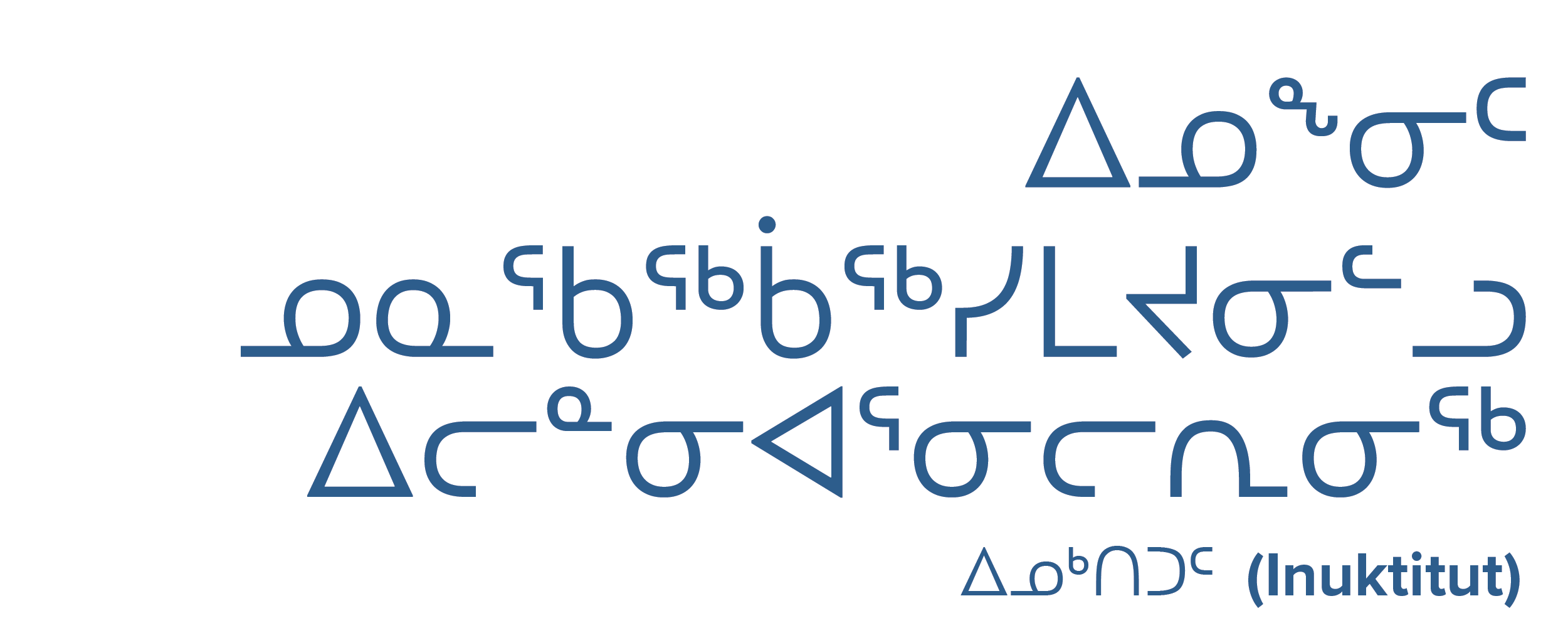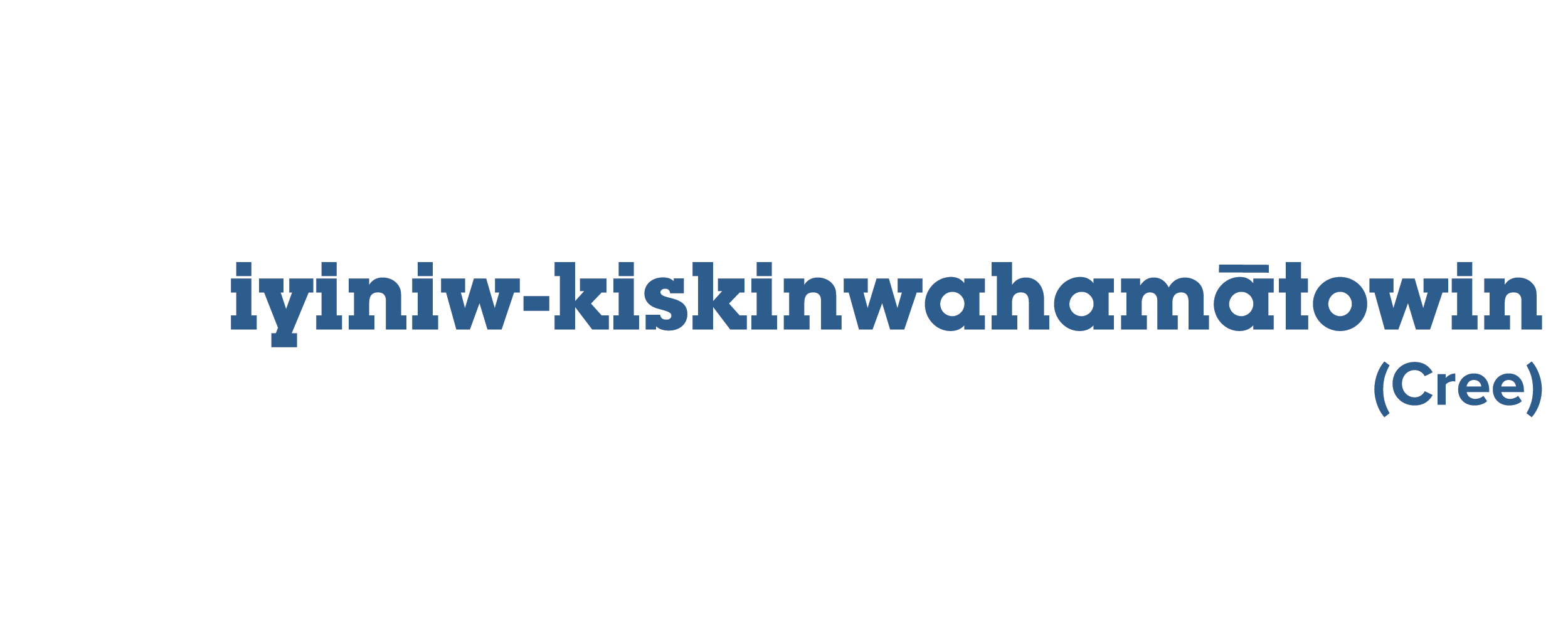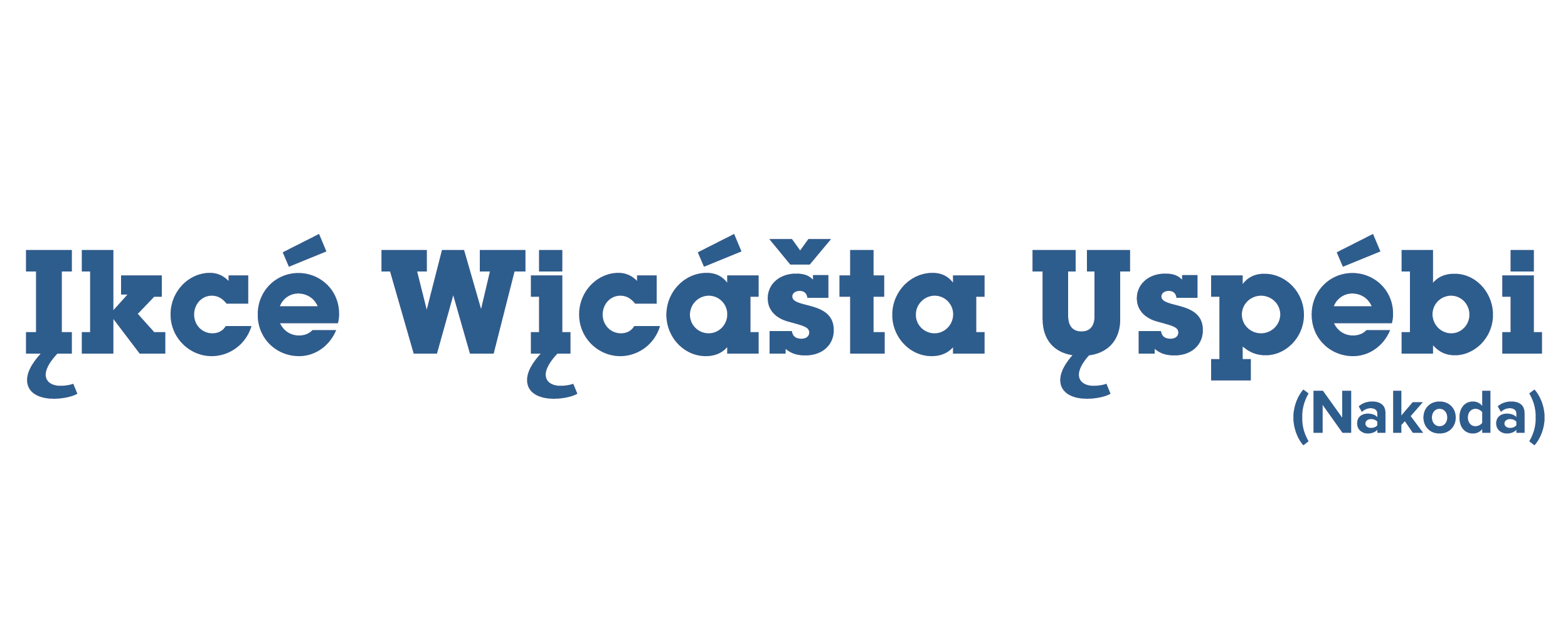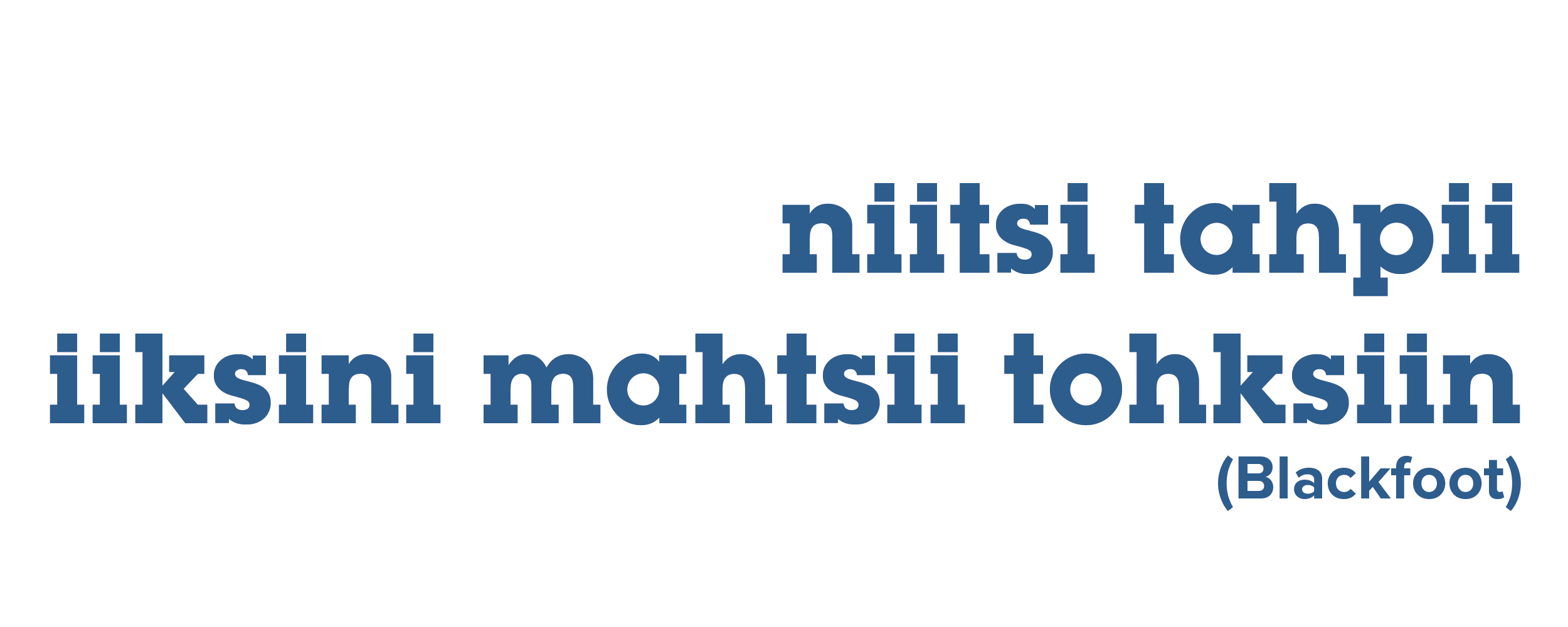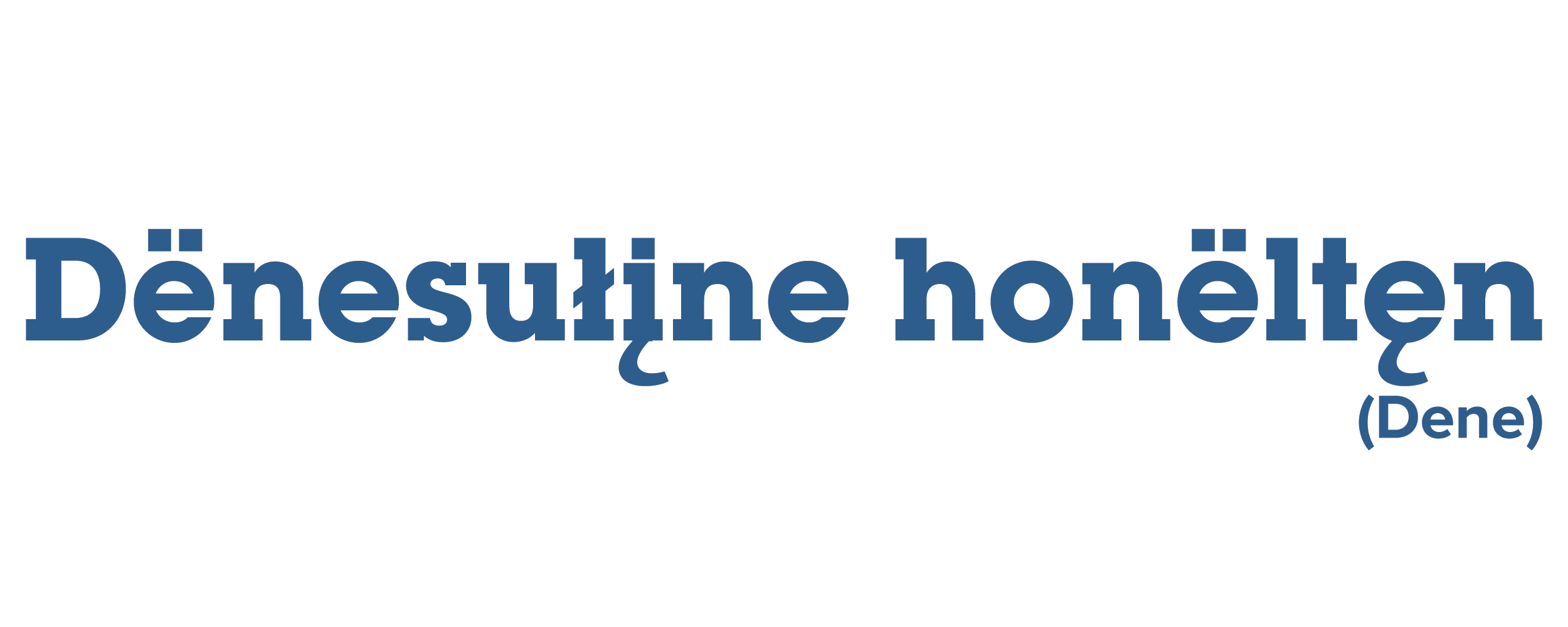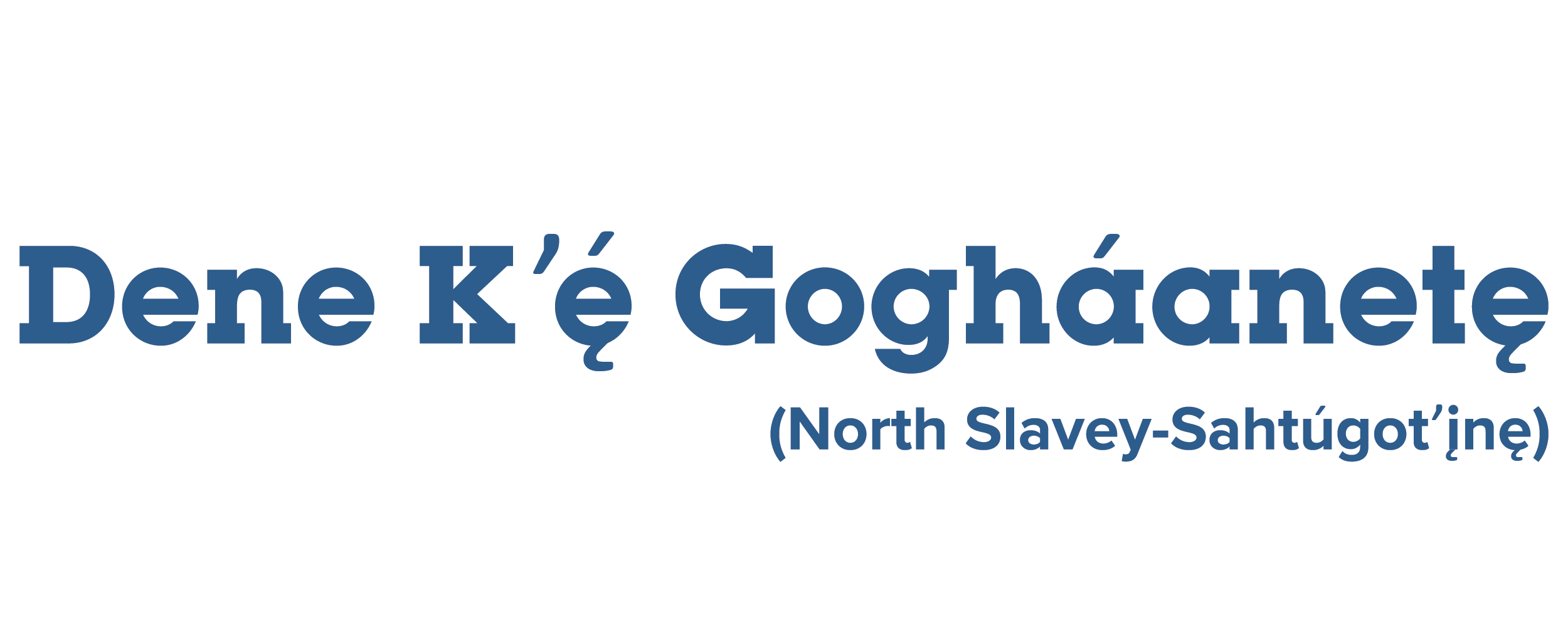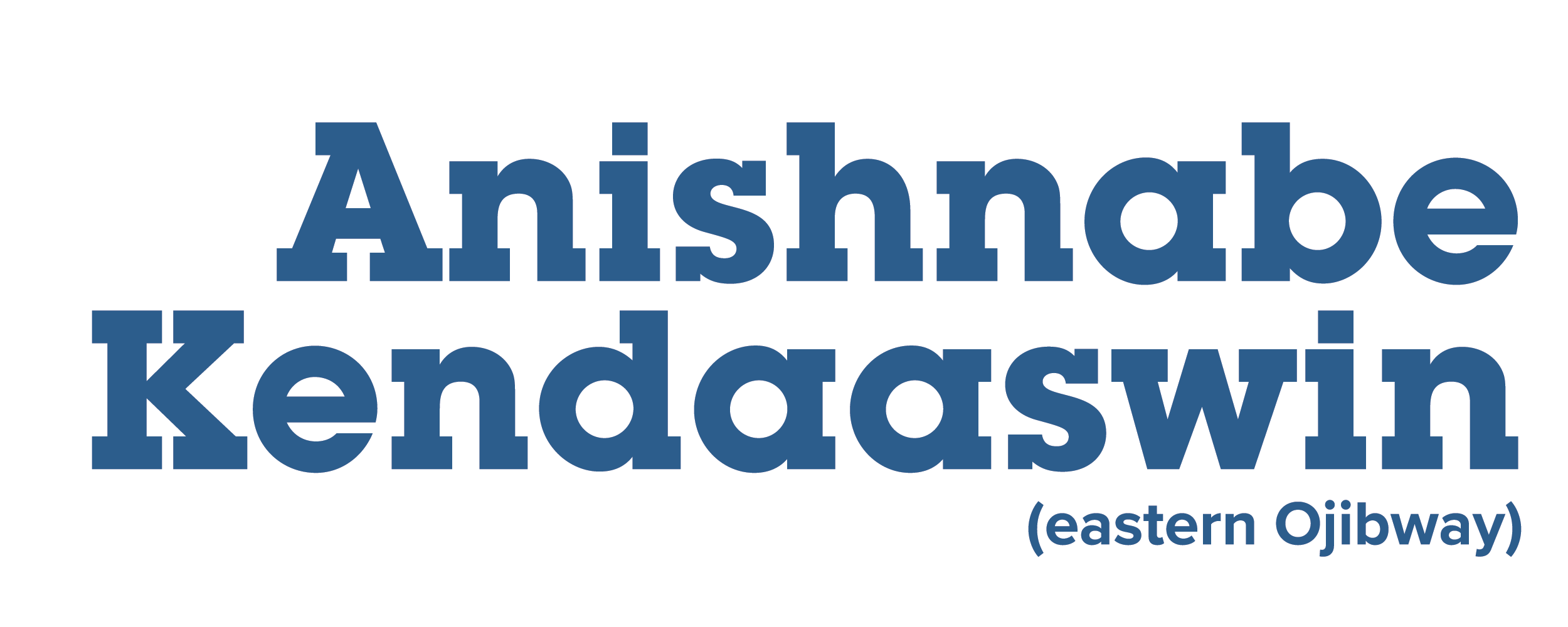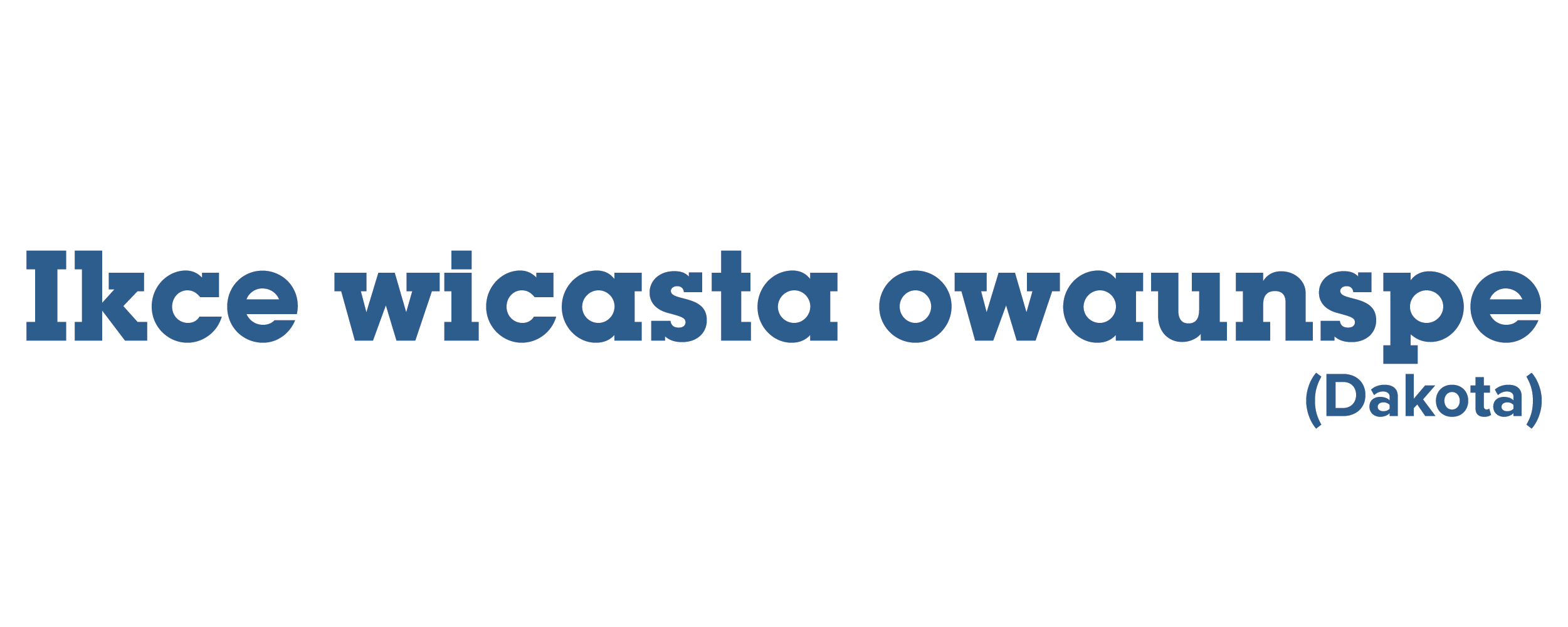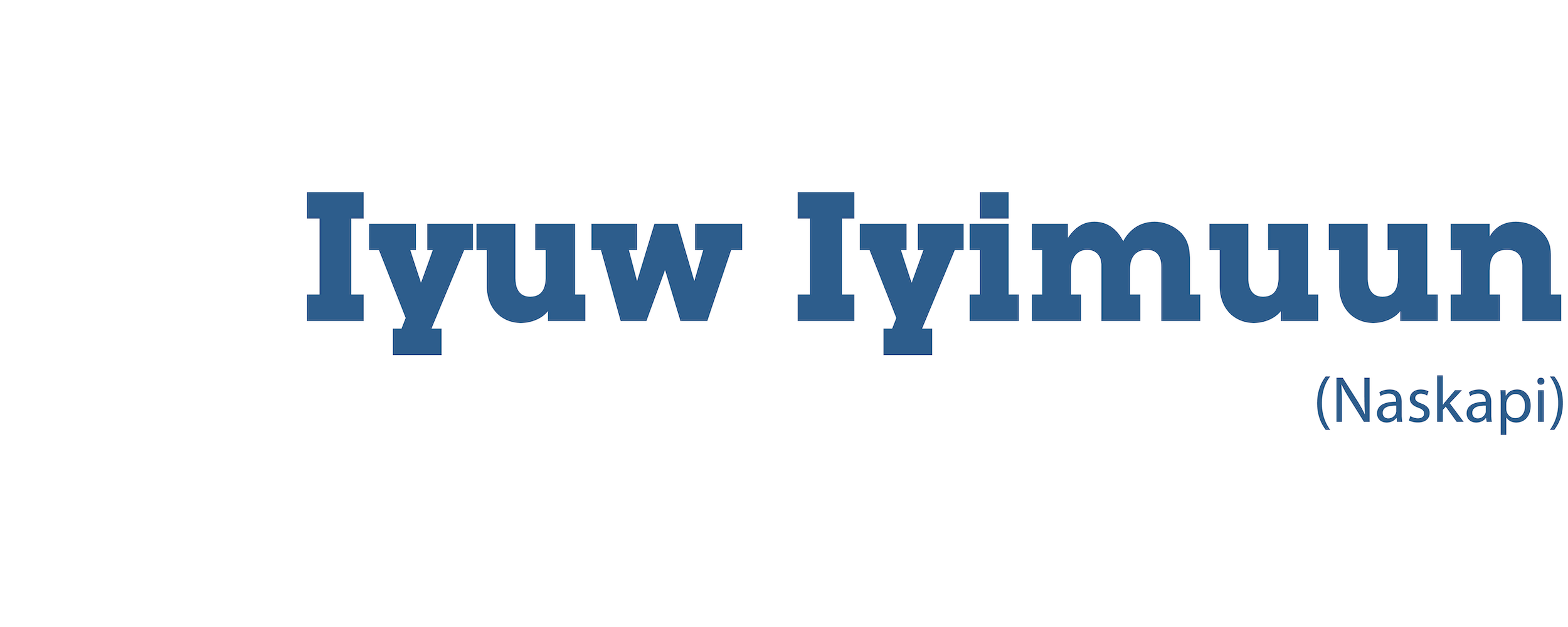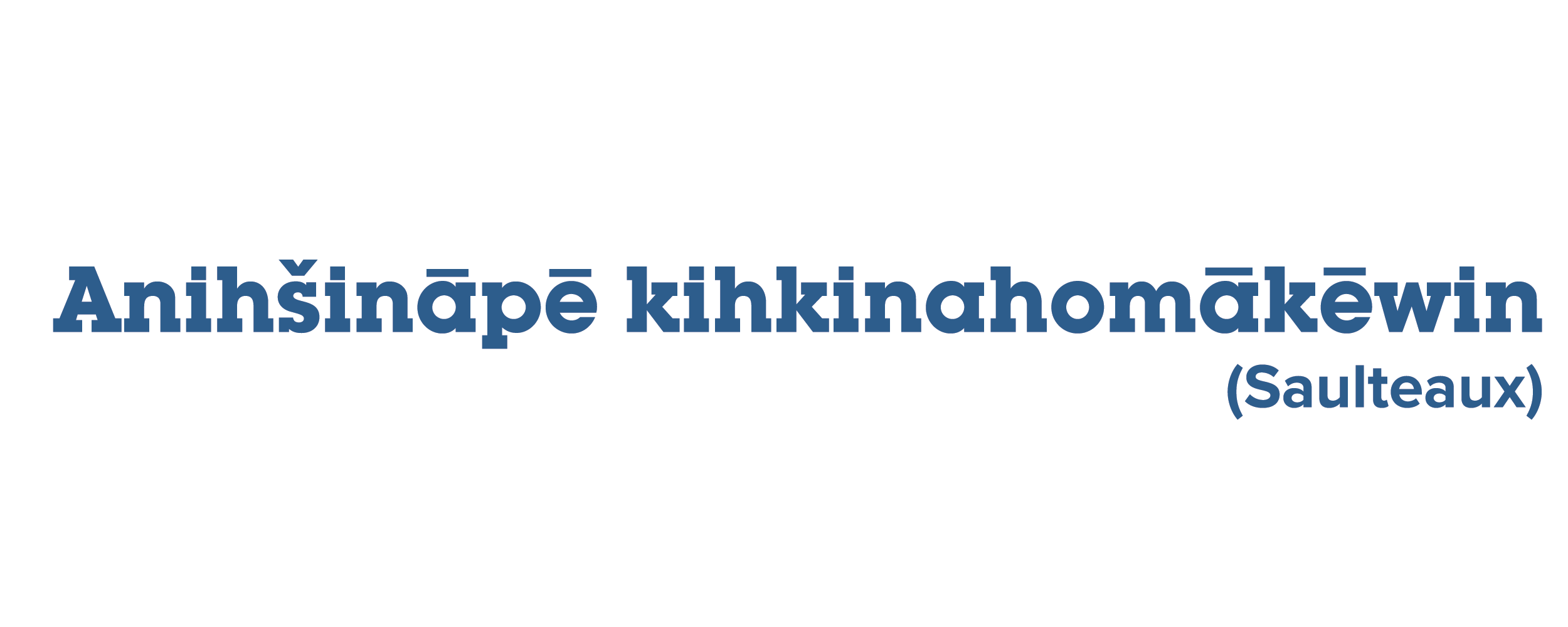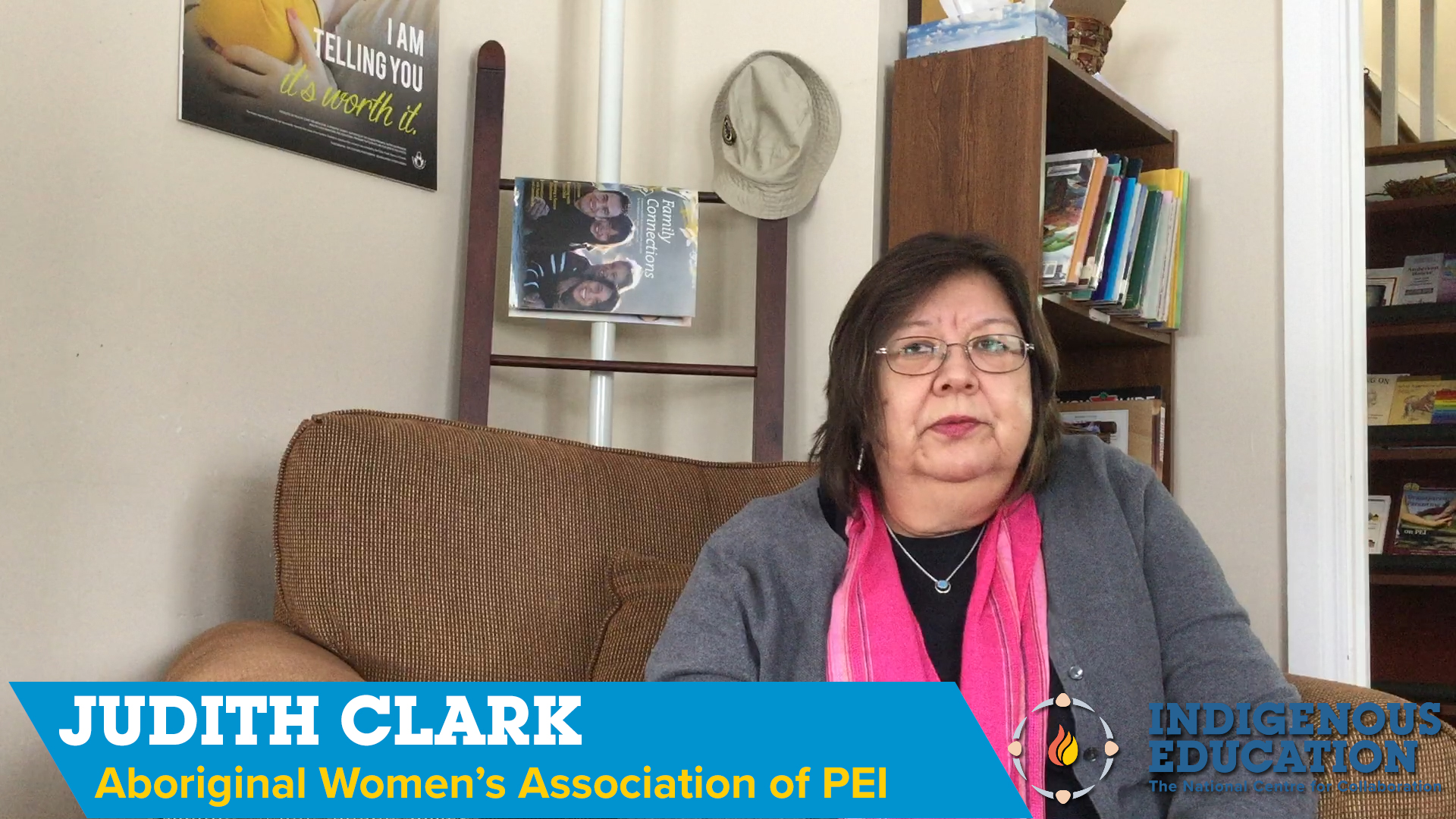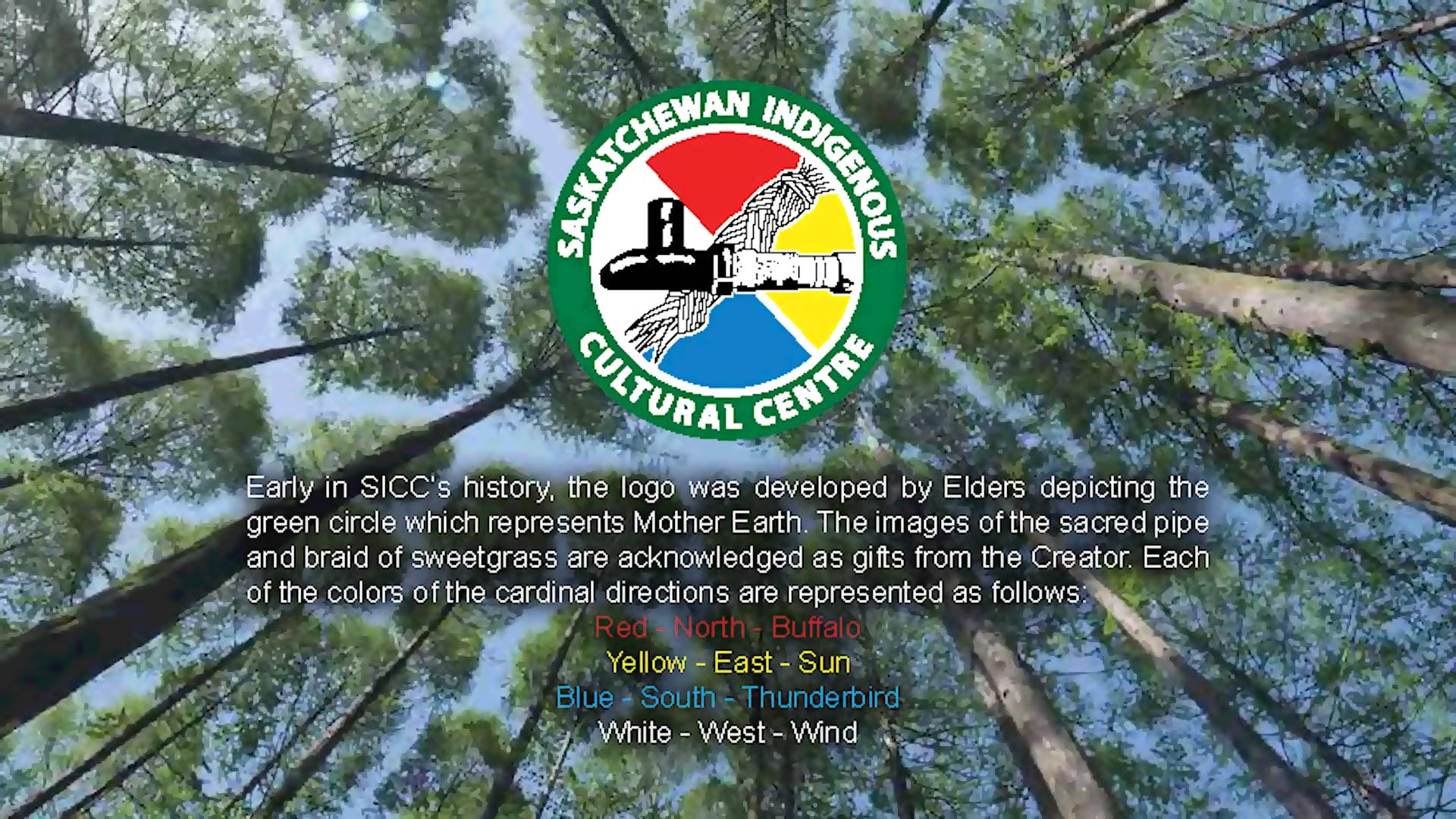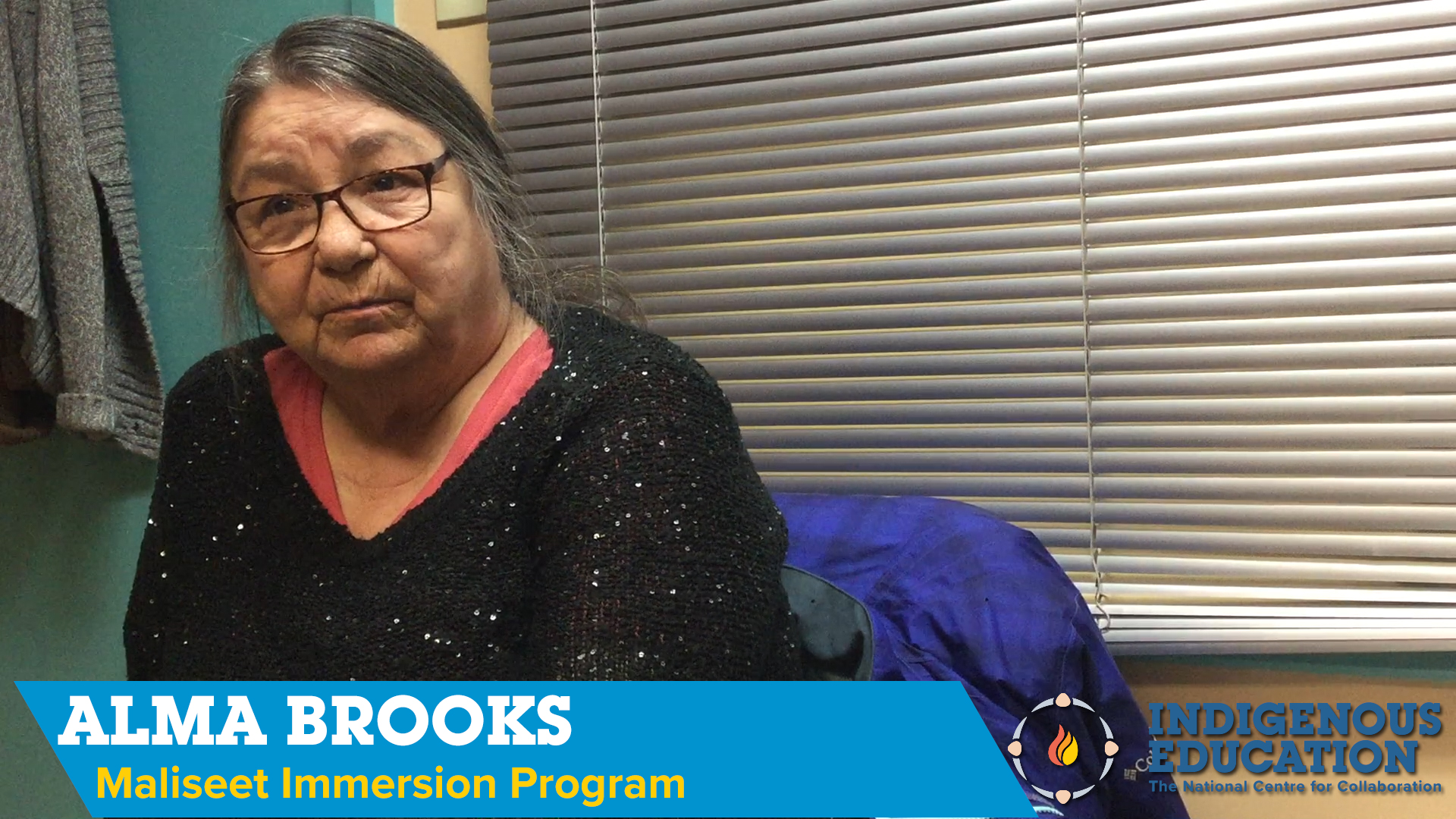Posted on June 21, 2018 by Emanuelle Dufour
Unique in Quebec, Nunavik Sivunitsavut offers one-year courses on Inuit and circumpolar history, politics, governance, culture, and language. Students explore global modern issues from an Inuit perspective. In doing so, they gain invaluable insight into Nunavik, its people and their culture. This post-secondary urban program is specially designed for Nunavik students and began in the […]
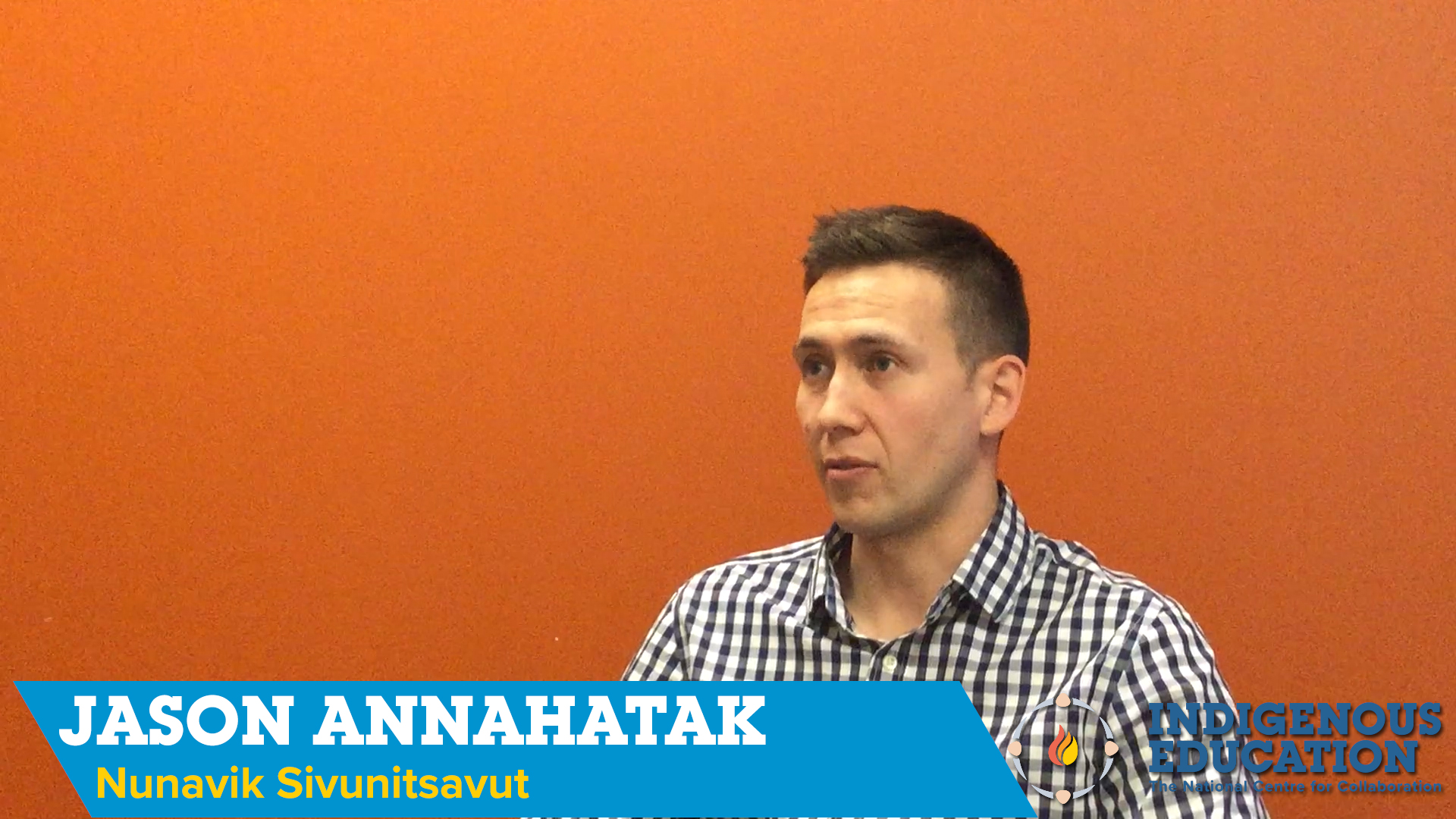
Unique in Quebec, Nunavik Sivunitsavut offers one-year courses on Inuit and circumpolar history, politics, governance, culture, and language. Students explore global modern issues from an Inuit perspective. In doing so, they gain invaluable insight into Nunavik, its people and their culture. This post-secondary urban program is specially designed for Nunavik students and began in the fall of 2017. It is based on the model of the Nunavut Sivunitsavut model in Ottawa, ON. To learn more, visit: https://sivunitsavut.ca/about-us/.
Nunavik Sivunitsavut signifie Nunavik: notre avenir en langue inuktitut. Unique en son genre, ce programme postsecondaire en milieu urbain spécialement conçu pour les étudiants du Nunavik a été inauguré à l’automne 2017 d’après le modèle du modèle du Nunavut Sivunitsavut d’Ottawa et à l’initiative concertée de Kativik Ilisarniliriniq (anciennement nommé Commission scolaire Kativik ) et du Collège John Abbott. En plus de ces deux partenaires, la Corporation Makivik, le Gouvernement régional Kativik et de l’Insitut culturel Avataq composent aujourd’hui le comité consultatif de Nunavik Sivunitsavut. La collaboration du Collège John Abott et de la commission scolaire inuite remonte à plus d’une vingtaine d’années. Initié en 2015, l’élaboration du programme Nunavik Sivunitsavut fait suite à des discussions amorcées il y a plus de 10 ans par l’organisme Saputiit et répond à une demande clairement exprimée par les communautés du Nunavik lors des consultations Parnasimautik en 2014. Les cours de niveau postsecondaire offerts par Nunavik Sivunitsavut permettent aux étudiants inuit du Québec d’étudier l’histoire, la langue et les cultures circumpolaires dans le but de contextualiser les enjeux territoriaux, politiques, culturels et socioéconomiques du Nunavik et de ses populations. Il vise ainsi à favoriser le développement du Inuguiniq ou l’autonomie et la confiance ainsi que le leadership de chacun de ses étudiants à travers l’engagement communautaire, la fierté identitaire, le développement académique et l’imminik illinianiq (ou la connaissance de soi). Le programme combine un passage tremplin vers les études collégiales à travers une offre de cours adaptés et accrédités dans le but de favoriser la diplomation postsecondaire. La première cohorte comprend dix-huit étudiants inuit, de 17 à 38 ans. Nunavik Sivunitsavut bénéficie du soutien financier du Gouvernement du Canada par le biais du ministère des Affaires autochtones et du Nord Canada ainsi que du soutien financier du ministère de l’Éducation et de l’Enseignement supérieur du Québec.
Remarque: Cette histoire est offerte en anglais seulement. Pour activer le sous-titrage, cliquez sur l’icône dans le coin inférieur droit de la vidéo. Ensuite, dans les paramètres, cliquez sur « Traduction automatique » et sélectionnez Français.
RÉFÉRENCES
Hinkson, K. (2017, septembre 20). New post-secondary program puts Inuit youth in touch with their culture. Consulté à l’adresse http://sivunitsavut.ca/en/ John Abbott College. (2017a).
Nunavik Sivunitsavut. Consulté à l’adresse http://www.johnabbott.qc.ca/2017/09/nunavik-sivunitsavut-program-launch/ John Abbott College. (2017b).
Nunavik Sivunitsavut. Consulté à l’adresse http://www.johnabbott.qc.ca/2017/09/nunavik-sivunitsavut-program-launch/ Kativik School Board. (2017).
Nunavik Sivunitsavut. Consulté à l’adresse http://sivunitsavut.ca/en/ Rogers, S. (2017, septembre 12).
Nunavik Sivunitsavut is a go. Consulté à l’adresse http://www.nunatsiaqonline.ca/stories/article/65674nunavik_sivunitsavut_is_a_go/
Posted on by Carter Kuiper
A one year university access program for Canadian Aboriginal Students who may not be prepared to enter a faculty through regular admissions. This is not an upgrading program, but a full-time university program offered by the Aboriginal Student Services Centre and Open Studies.
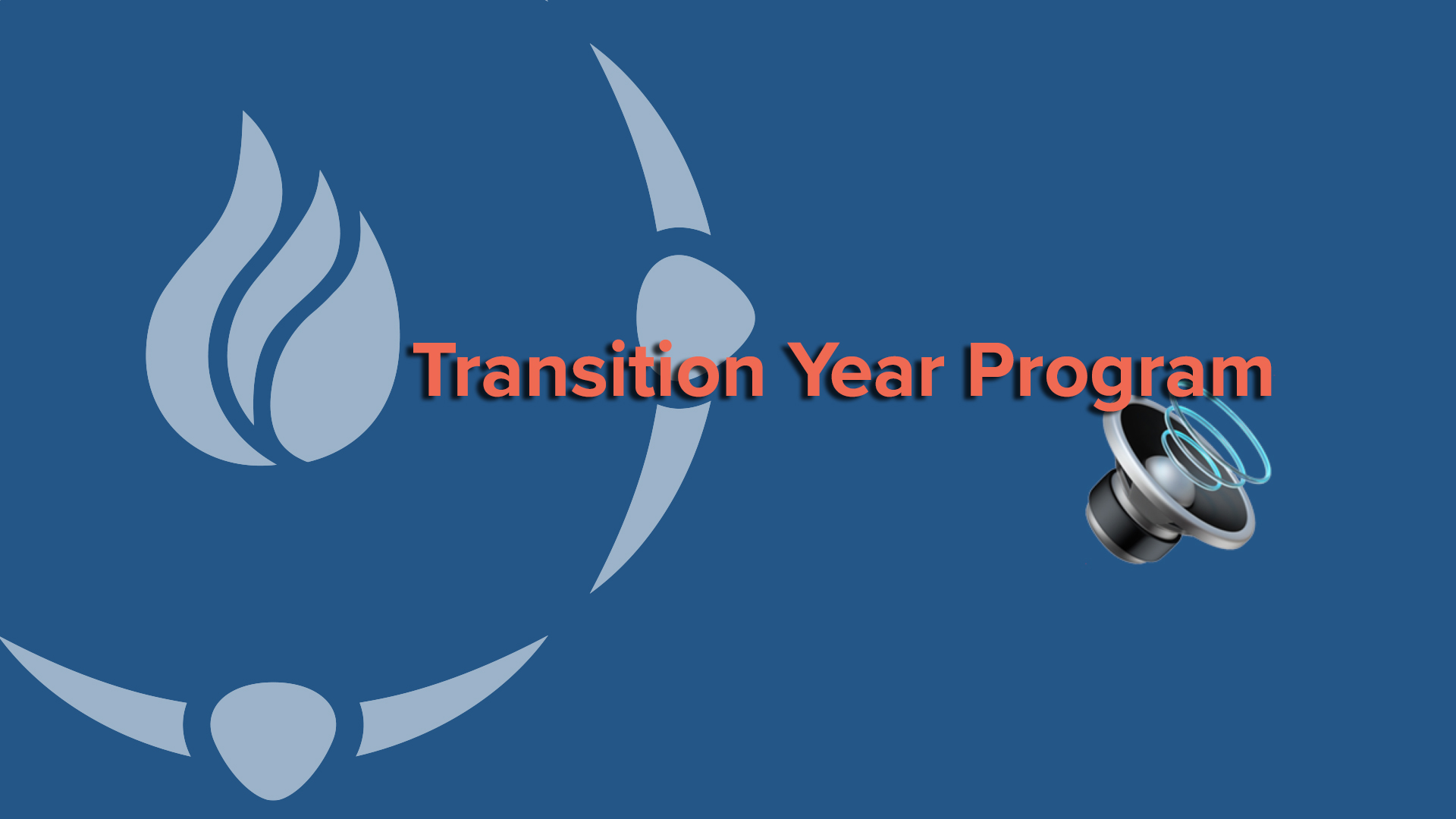
A one year university access program for Canadian Aboriginal Students who may not be prepared to enter a faculty through regular admissions. This is not an upgrading program, but a full-time university program offered by the Aboriginal Student Services Centre and Open Studies.
Posted on June 17, 2018 by Miriame Giroux
High school students spend 3 weeks at a camp on Willow Lake to complete an experiential science course and learn traditional skills and language on the land. ”This year’s camp took place from Aug. 27 to Sept. 1 at Willow Lake, Northwest Territories. Twelve youth aged 11 to 16 from across the communities of Dehcho […]
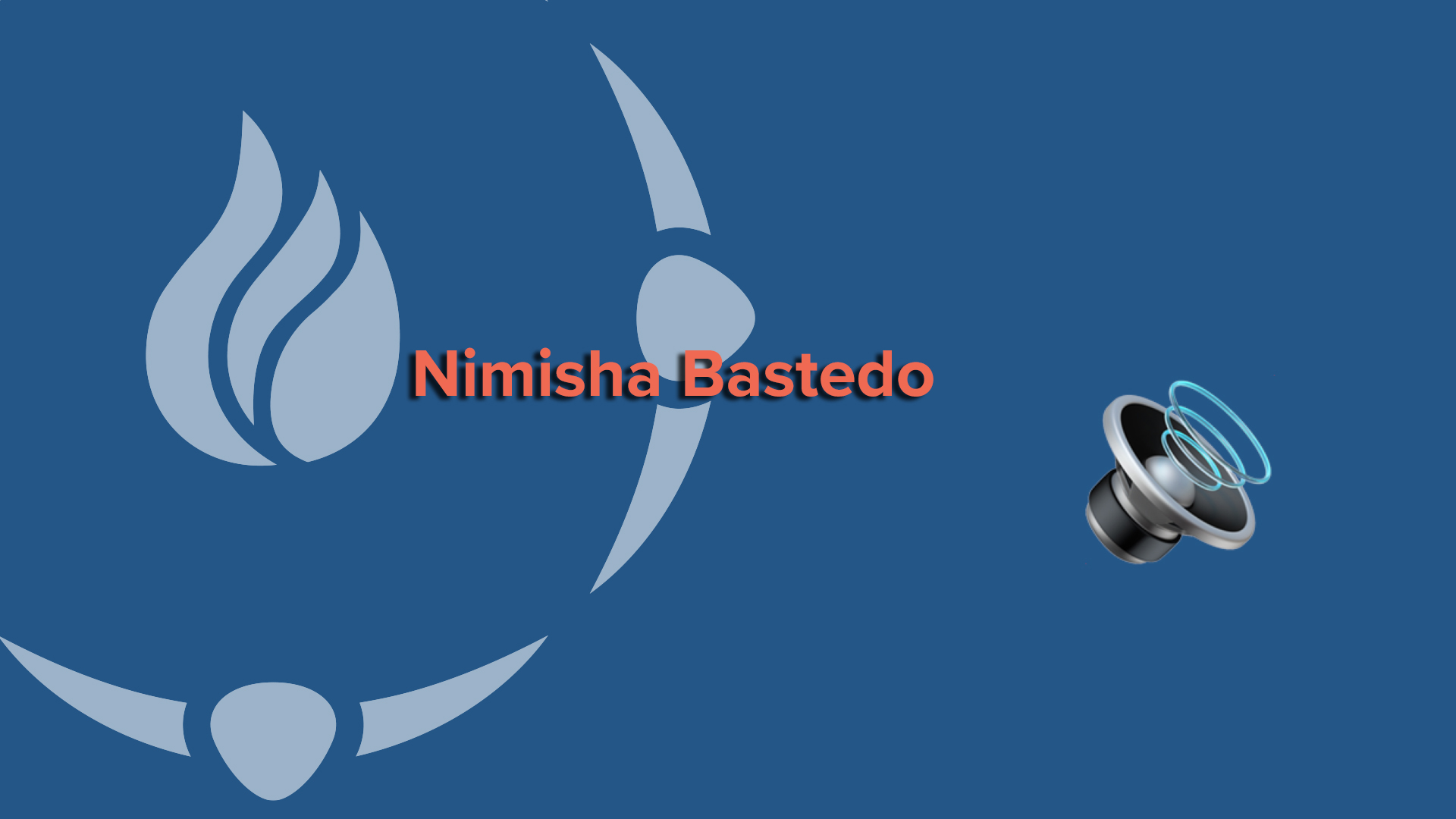
High school students spend 3 weeks at a camp on Willow Lake to complete an experiential science course and learn traditional skills and language on the land.
”This year’s camp took place from Aug. 27 to Sept. 1 at Willow Lake, Northwest Territories. Twelve youth aged 11 to 16 from across the communities of Dehcho First Nations attended, along with Indigenous elders, traditional knowledge holders, community decision makers, land use planners, Dehcho First Nations staff and five graduate students from Laurier’s Northern Water Futures program.” from..https://campusmagazine.wlu.ca/2018/fall-winter/research-file/on-the-land-in-canadas-north.html
Posted on by Stepfanie johnston
Pamela Toulouse speaks about how using traditional kinoomaage (teachings) and kendaasowin (knowledge) help to create socially conscious educators at Laurentian University.
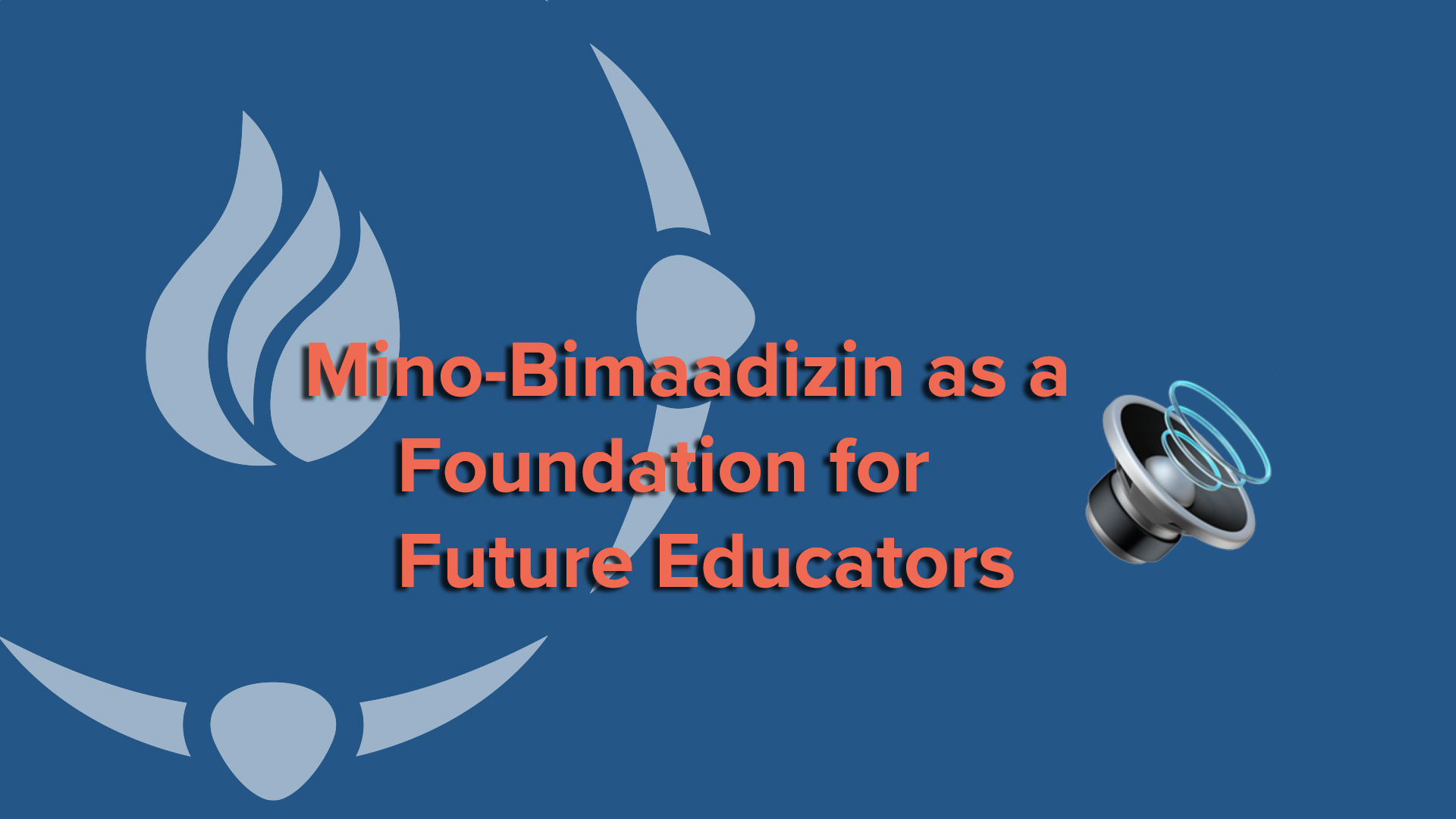
Pamela Toulouse speaks about how using traditional kinoomaage (teachings) and kendaasowin (knowledge) help to create socially conscious educators at Laurentian University.
Posted on June 15, 2018 by Lopa Fowzia
“…ingenious and western both of them have many ways of knowing. Look at the initial, we have the community are struggling with suicide. We stand back and talk to community people and try to understand what’s going on, and then also try to look at the big picture…Indigenous education has to sort of help people […]
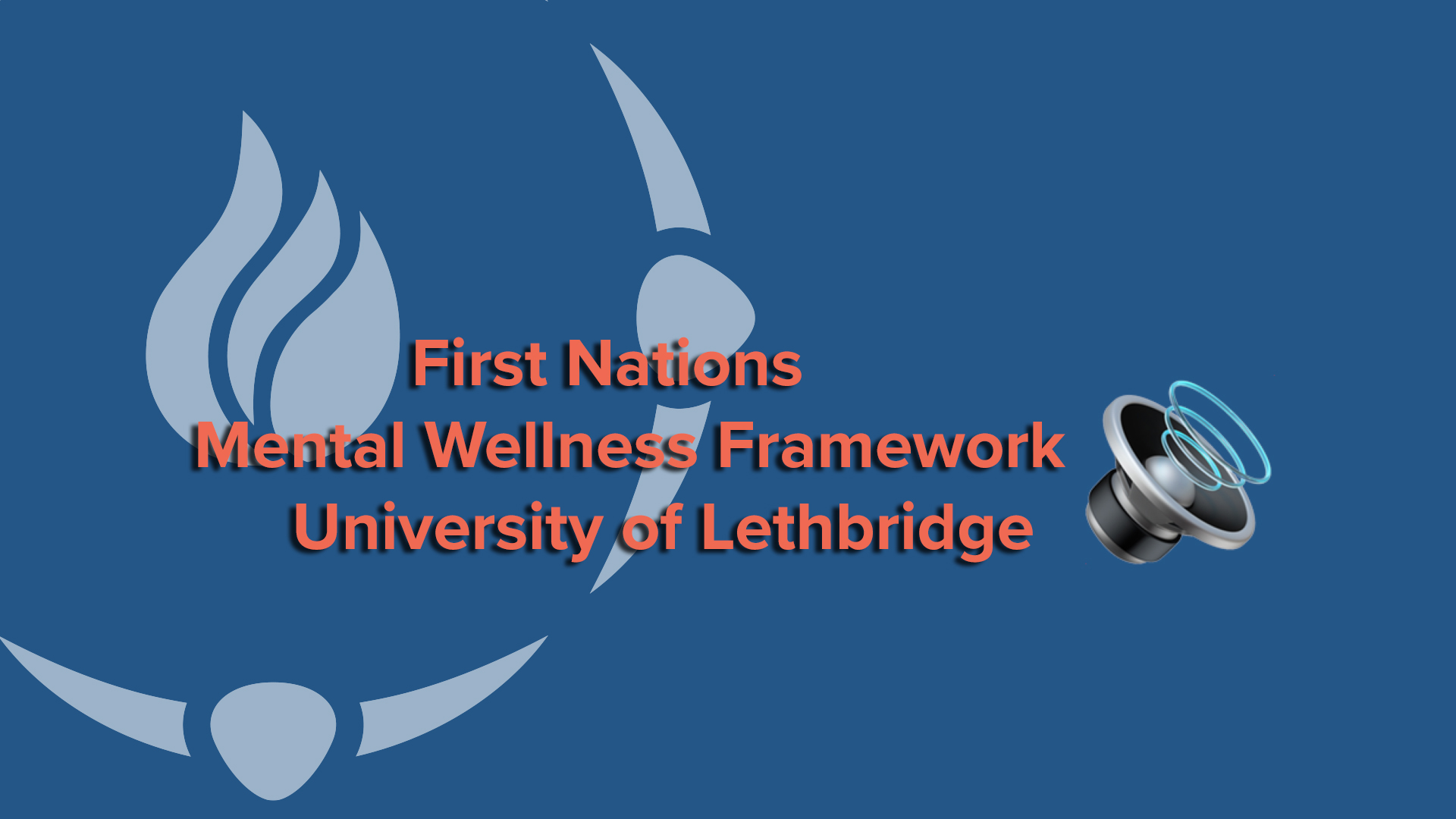
“…ingenious and western both of them have many ways of knowing. Look at the initial, we have the community are struggling with suicide. We stand back and talk to community people and try to understand what’s going on, and then also try to look at the big picture…Indigenous education has to sort of help people move between this world. So we can do a better job…” Western liner model is not working very well, its need to move to spiral or circular model of health and how these things feedback with each other. This program is inspired by mental wellness continuum which was created by the Thunderbird Partnership foundation partnership in Ontario – it is called the First Nations Mental Wellness continuum Framework. This model looks like how we can work with communities and communities can work on all their wellness. The center of this model is really focused on HOPE belonging meaning and purpose. Around of the model like, the ecological model gets larger and larger and includes different components of the life cycle and then this model move into different types of health programming like crisis response earlier identification and intervention, health promotion and prevention support and aftercare, trauma and treatment and care planning integrated service delivery for example, as this is the focus of the model, then it moves how the practitioner do that, how the indigenous people do that self-permit way, how do they measure performance and how do they look at governance of this program and their initiated research and look for development.
Posted on by Lisa Jodoin
David Perley, former Director of the Mi’kmaq-Wolastoqey Centre at the University of New Brunswick, discusses the importance of Indigenous education.
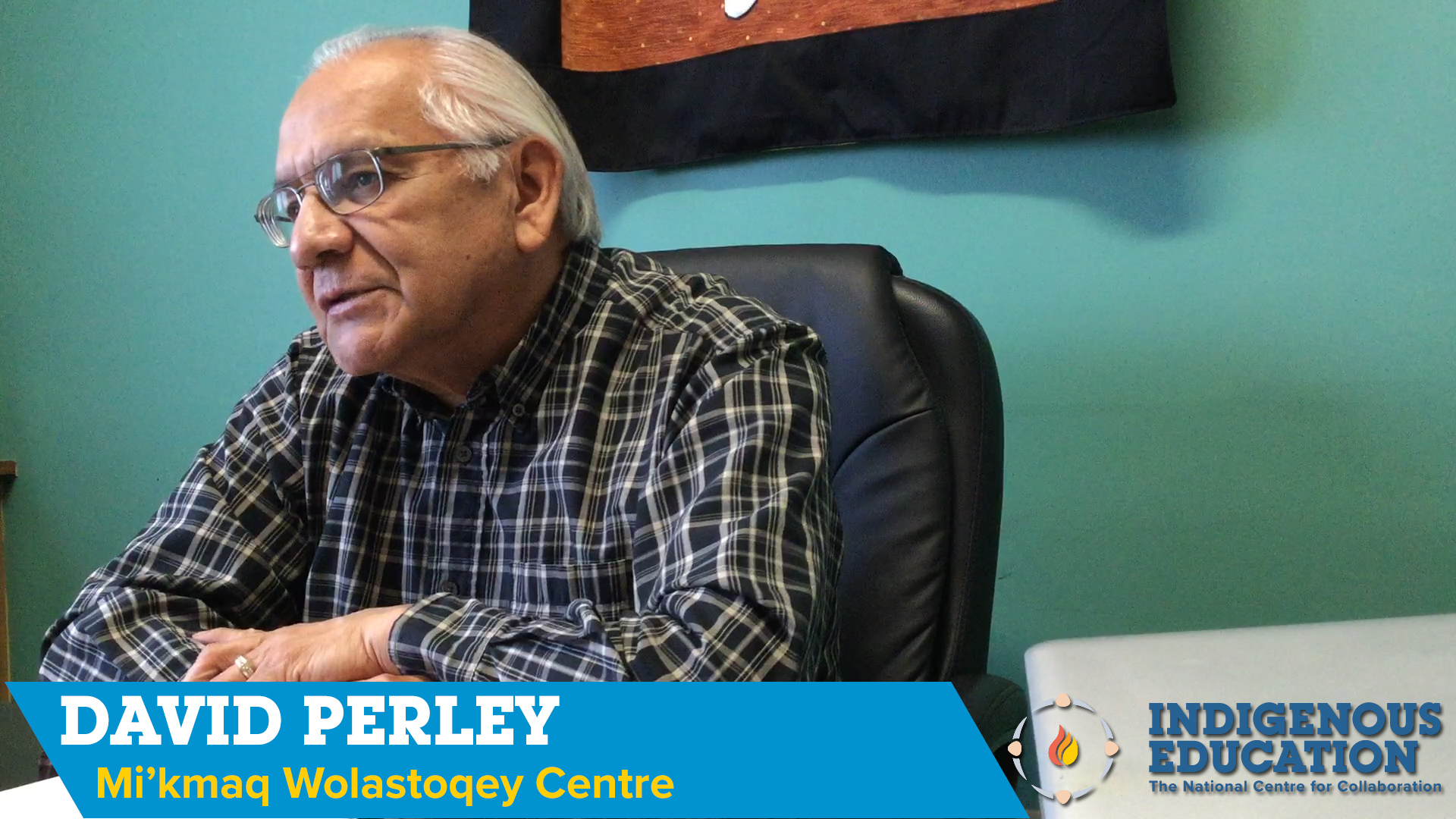
David Perley, former Director of the Mi’kmaq-Wolastoqey Centre at the University of New Brunswick, discusses the importance of Indigenous education.
